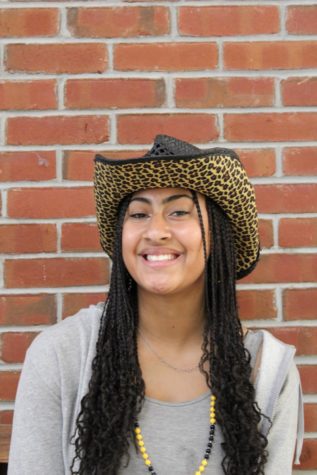Opportunity gap solutions should be better publicized, affordable
The term ’opportunity gap’ implies that certain disadvantaged students are not being given the same opportunities or resources in life as their white counterparts.
December 14, 2022
It is not uncommon to hear the term ‘opportunity gap’ thrown around throughout political campaigns – but what does it really mean? The term ’opportunity gap’ implies that certain disadvantaged students are not being given the same opportunities or resources in life as their white counterparts. Unfortunately, people frequently confuse the true meaning behind this term, and lack the full understanding necessary to change the problems associated with it. Opportunity gaps are frequently found in schools where students’ education, a vital aspect of success, is on the line.
At RM the opportunity gap affects not only minority students but also non-English speakers; it is oftentimes difficult for them to navigate the school and understand people without the adequate resources to do so.The problems non-English speakers face are unique, as many of these students are facing language barriers that most RM students and staff are unfamiliar with. In light of this, RM should be doing more to provide them with adequate materials to help them succeed in school. “It’s not only about a language barrier, I think it’s also a cultural barrier. I feel that they do need support…Maybe a mentorship program would be a good thing where they could be paired with a peer that can help them not only navigate the school, but even stuff like computers…some of these kids have never had one before, so just giving them a computer won’t solve the problem,” Spanish teacher Nilma Maria Antonetti said.
Unfortunately, many opportunities for people of color (POCs), such as tutoring or college readiness services are not easily accessible. Many opportunities are not highly promoted by the school, leaving many students completely unaware of them. If the school were to provide more virtual opportunities or further promote available services, they would play a larger role in many students’ academic lives. However, price is also a huge issue. “I feel like right now we just get a lot of…emails about opportunities, but the opportunities themselves aren’t necessarily helpful…a lot of them cost a lot of money. Like there was one recently my dad was like, Oh this guy’s really good. It’s a really good program, but then it costs like $2,000. So it’s not even that I’m not aware of the opportunities, there’s not always a chance to obtain them,” junior Divya Chaudhry said.
MCPS and RM have policies and programs already in place to encourage the academic growth of non-English speakers and POCs. Unfortunately, these activities are often useless because the students they are geared towards are completely unaware of their existence. Although these opportunities exist, there’s no guarantee that students will benefit from them because they are not widely publicized. The EML program, also known as ESOL, is one of those programs that aims to help non-English speakers. The Emergent Multilingual Learner (EML) has been implemented in MCPS and is for students who speak a language other than English at home. It works to help them learn English, support them in their classes, and eventually be able to thrive in whatever career path they choose. “I guess they should just provide more opportunities and resources and be more public with their resources because there’s like a lot of things that I found I don’t even know,” junior Daniella Para Torres said.
To combat such disparities, RM has many different clubs to create a safe place for minority students to conversate on issues going on in their community. Extracurriculars like Jaguar Scholars Leadership Program (JSLP) aim to close the gap between minority students and their counterparts by tackling the opportunity gaps impacting middle and elementary school students first. In highschool they create a safe place for POCs to feel comfortable conversing about issues within the community. “We try to do a lot of outreach within the community in terms of elementary schools and middle school students, we tutor them multiple times a week, so when they get into middle school or high school they aren’t far behind, as for high school we hold leadership meetings for students to share presentations on what they are passionate about, which creates an environment where students can bond with each other,” senior Secretary of JSLP Monty Mulugeta said.
While there seems to be significant progress in efforts to close the opportunity gap here at RM, unlike other years, it is clear that there is still progress to be made on increasing available resources and truly closing the opportunity gap. While clubs like JSLP are a huge help it also takes larger efforts by the school board of MCPS and more importantly RM itself to make improvements. As for RM, teachers and staff can work to make the school a safe place for all students to achieve, excel and tackle the real world.



